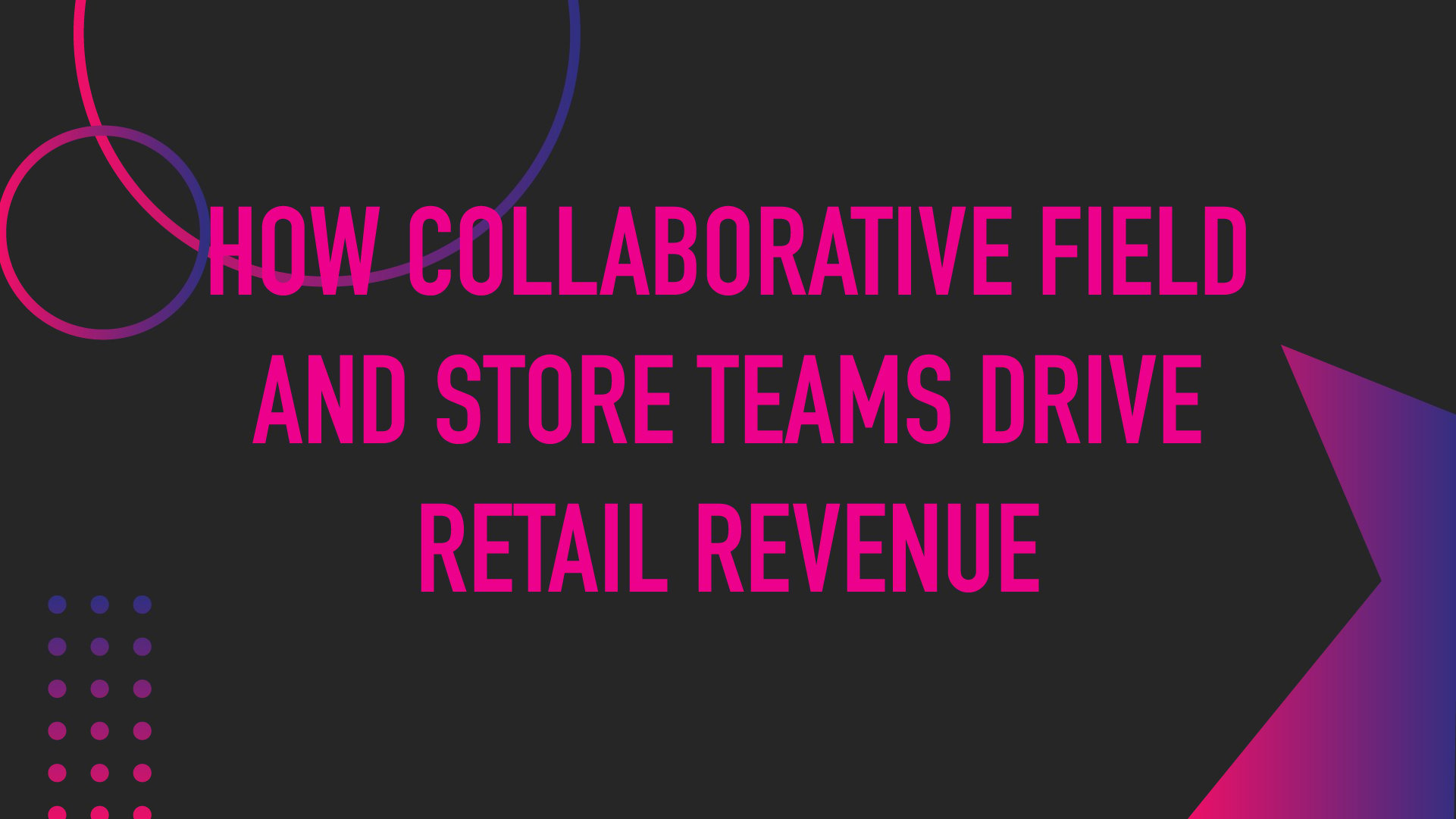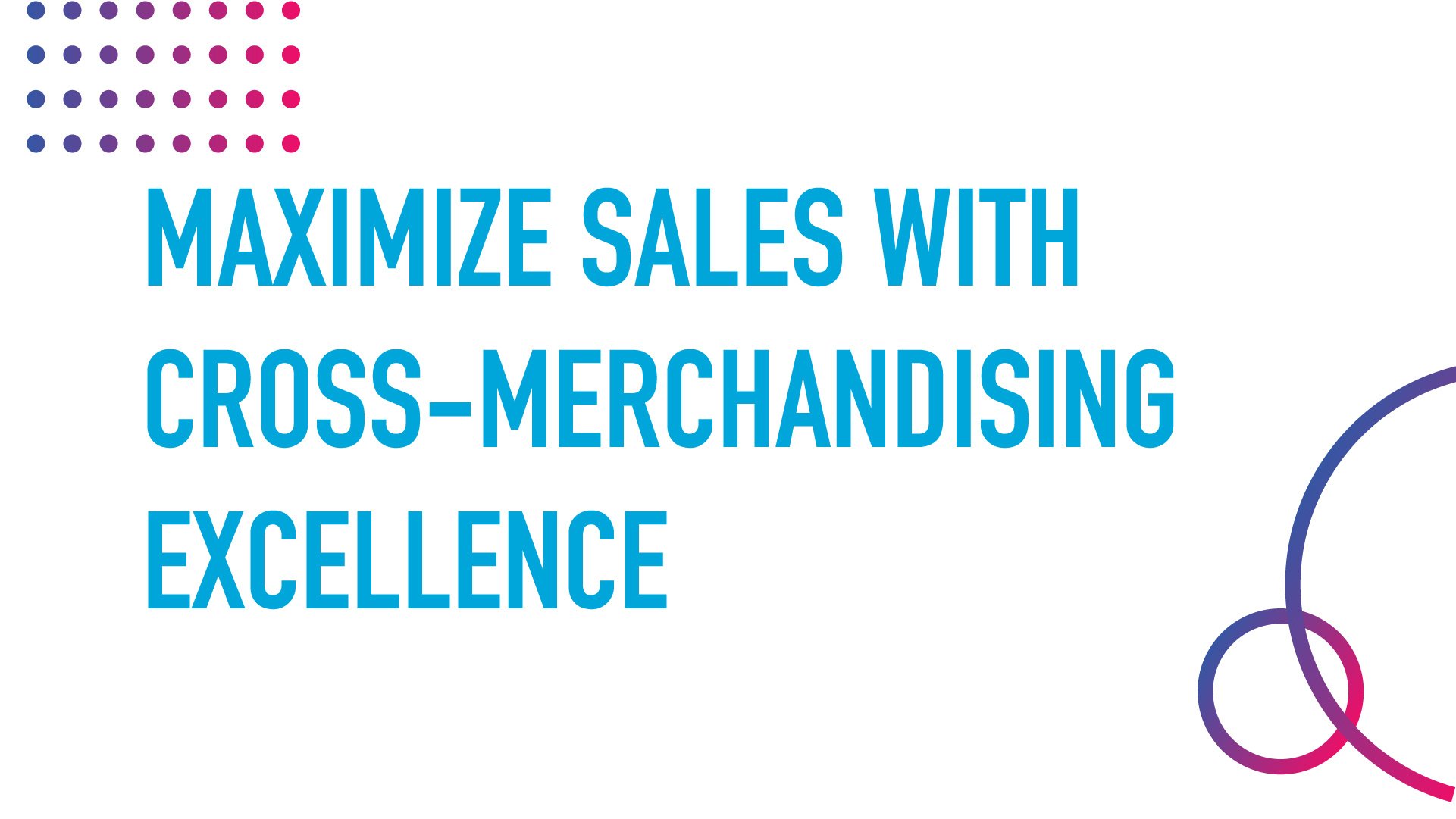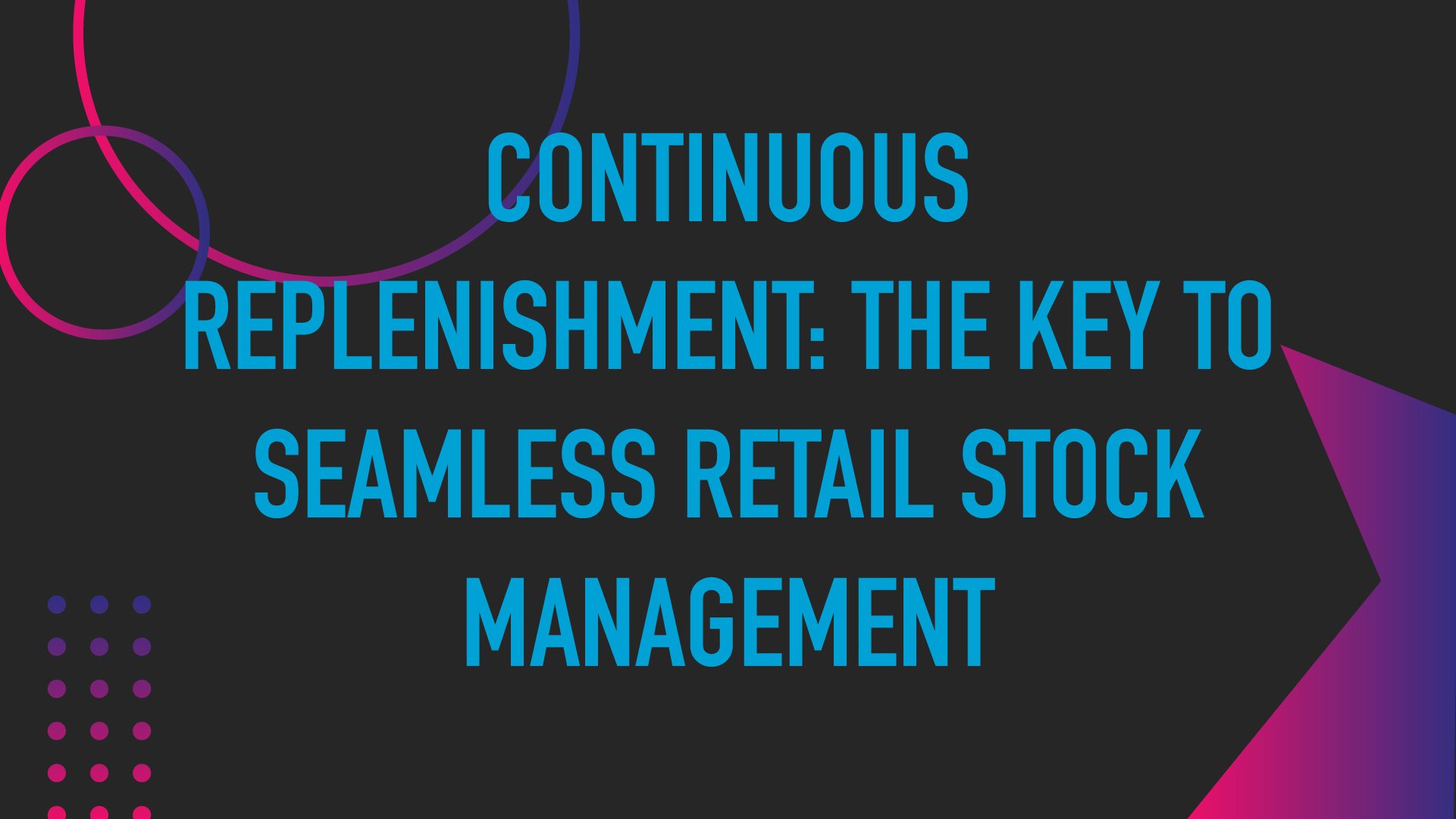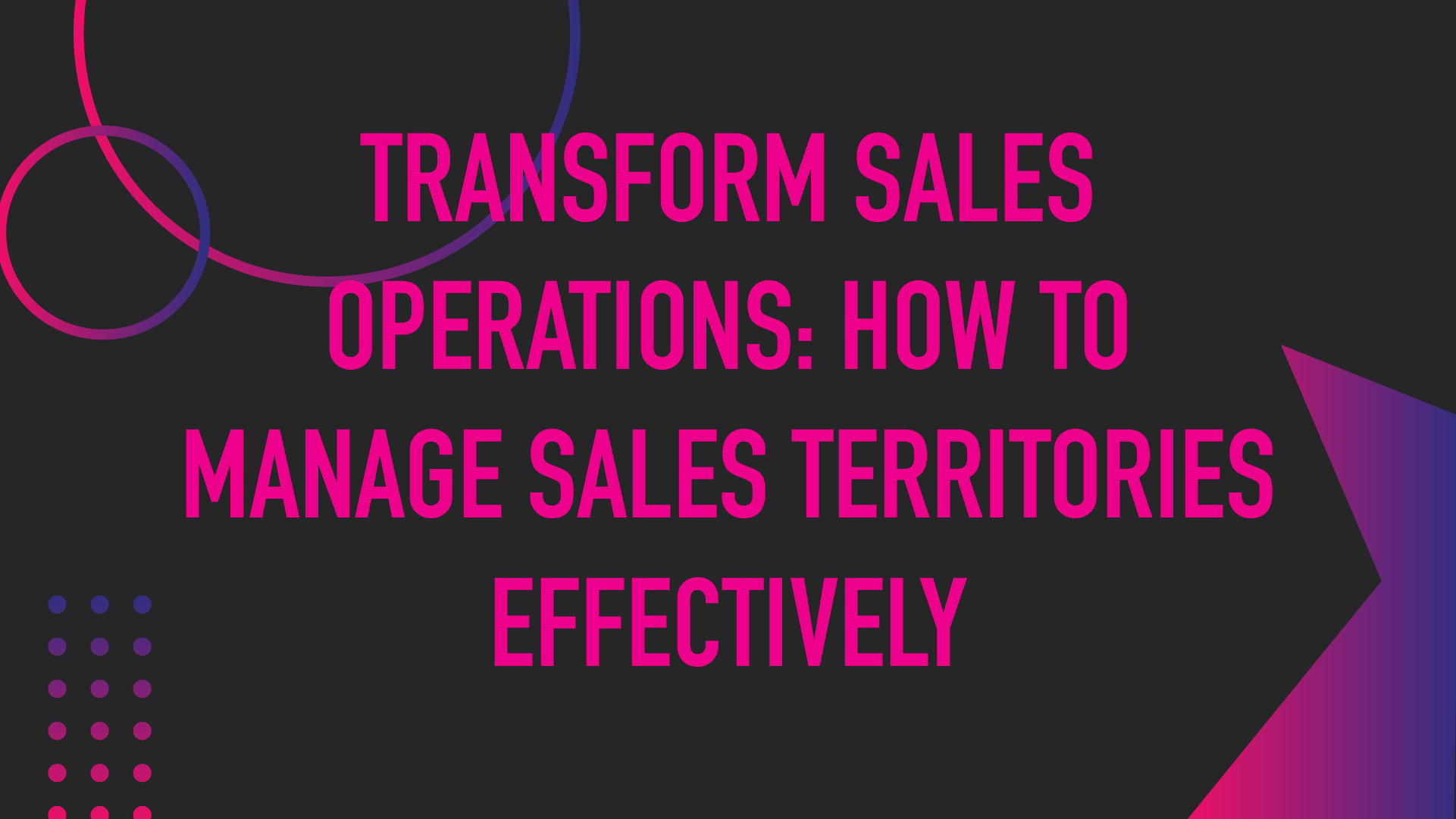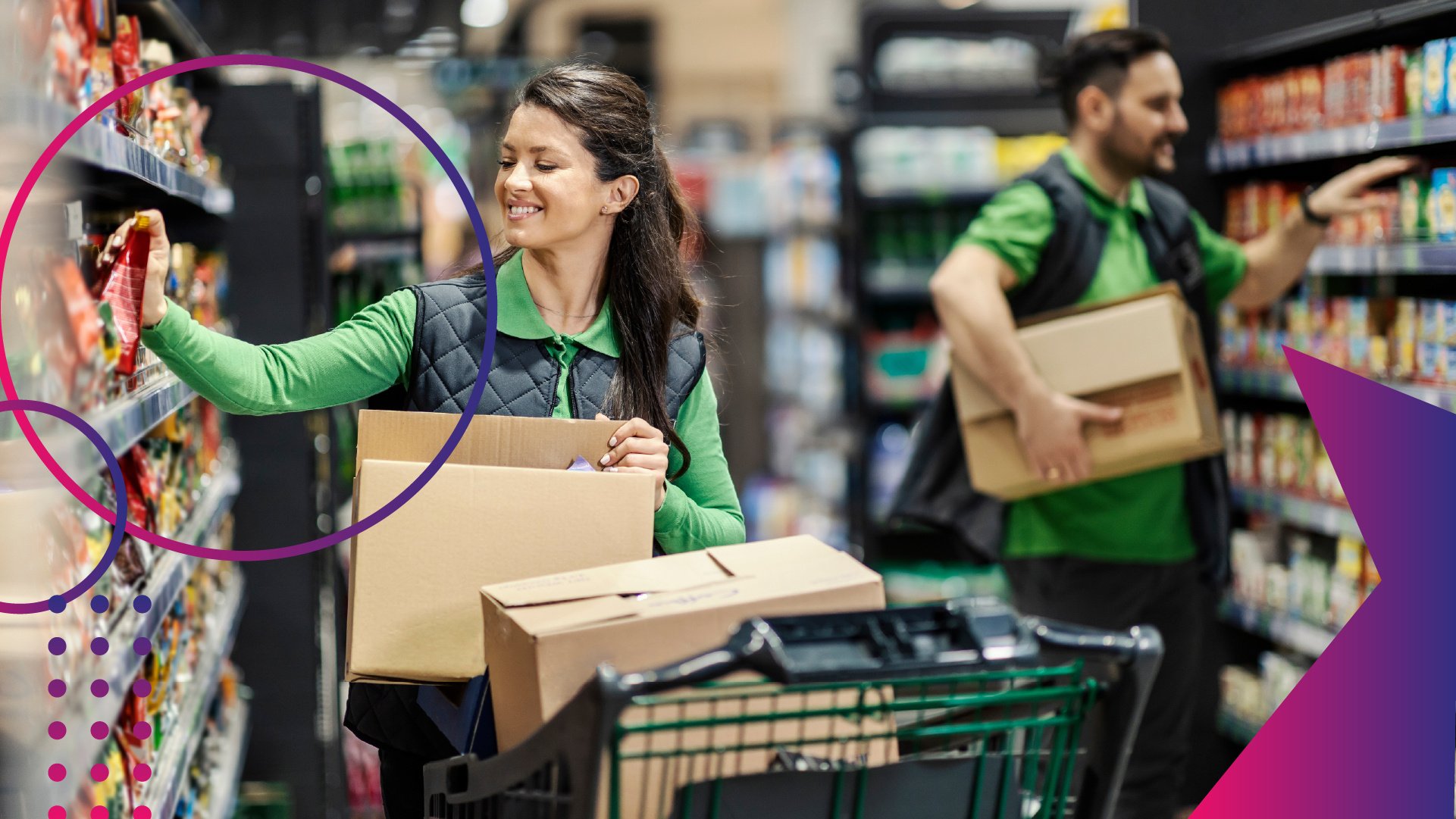Maximizing Success: Key Features to Look for in a Mobile Retail Execution Platform

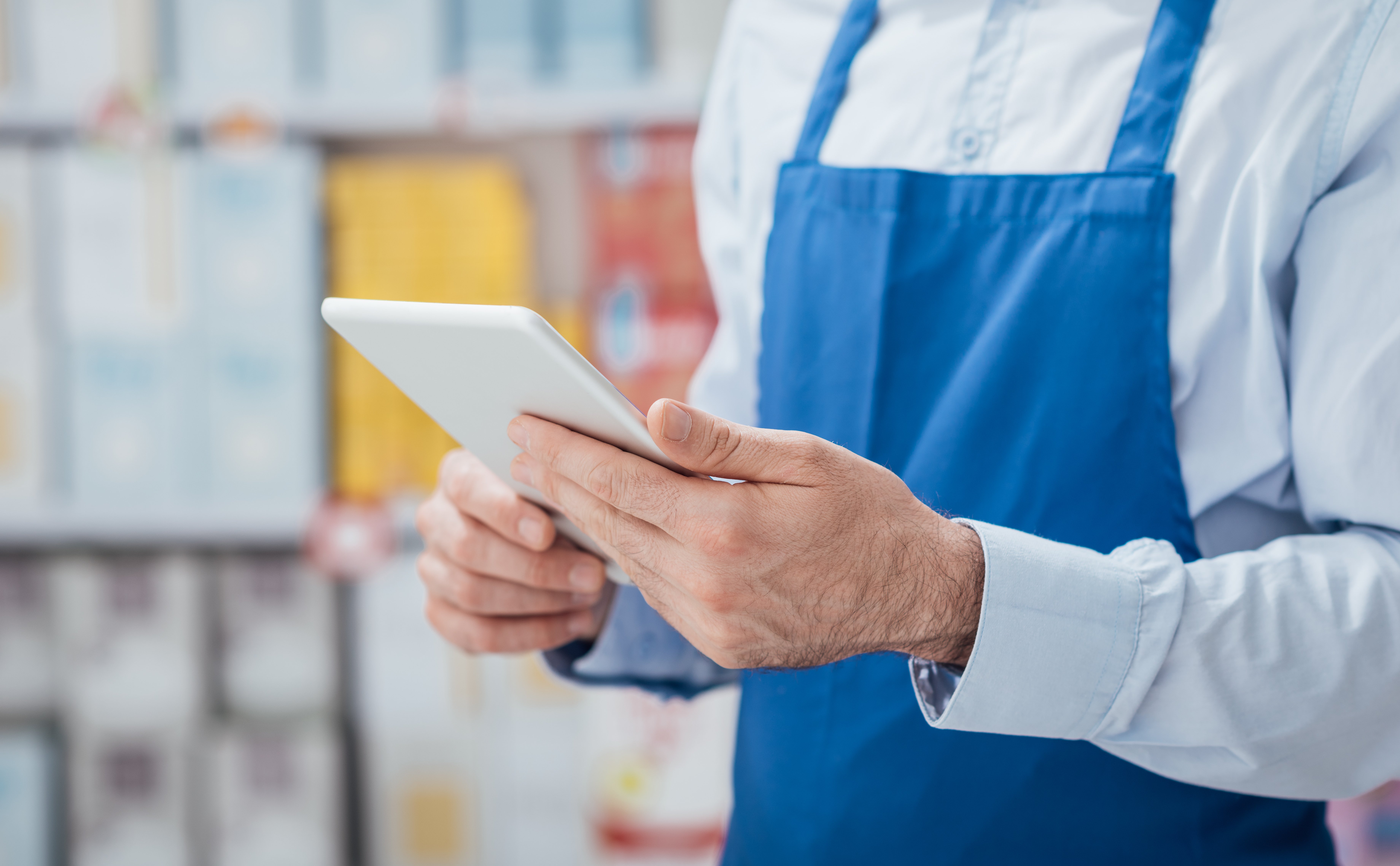
Mobile retail execution platforms have quickly become an integral aid for store and service teams in the modern retail landscape. With the rapid growth of omni-commerce, and continued labor turnover issues, frontline employees are having to achieve more with fewer resources.
Retail execution platforms empower these teams by streamlining multiple work-enhancing features into a single (ideally) mobile-first interface, allowing for more efficient execution and collaboration. Furthermore, they give leadership teams powerful insights and capabilities to quickly orchestrate work, monitor performance, and optimize processes for better downstream outcomes for on-shelf availability (OSA), operational cost, employee experience and productivity, and more.
There are numerous retail execution platforms to choose from, each with their own strengths and weaknesses, but we have gathered a list of some of the most important features you should be looking for if you want to effectively empower your workforce and maximize on-shelf success.
Unified Capabilities
Not all retail execution platforms unify their features into one efficient interface. Many require users to jump between apps or rely on supplementary third-party solutions to fill in missing gaps in the solution. Over time, considering how frequently teams interact with a retail execution app, a non-unified solution can create needless inefficiencies and user experience frustrations that impede employees.
For optimal efficiency and productivity, look for a retail execution platform that unifies all capabilities into one intuitive, mobile-first interface. What kind of capabilities? We're glad you asked:
Item Manager
Item Manager is a foundational piece of every great retail execution platform, especially for teams who manage vast quantities of SKUs. It gives you a complete, real-time view of all items based on available quantity and statuses. And ideally, it sends automated alerts to the appropriate frontline employees whenever an item is at risk of being empty on the shelves.
At-Shelf Ordering
At-shelf ordering is a complementary capability to an Item Manager that empowers frontline employees to place order/replenishment requests for low-stock items directly from the store floor. This accelerates the order replenishment process, therefore reducing the likelihood that shoppers encounter an empty shelf. This is a great feature for service teams who visit stores on a recurring basis, and some retailers are finding value in it as well to help inform their demand planning software with more accurate data.
Unfortunately, due to the high frequency of theft and other shrink-related product losses, on-record inventory and actual on-shelf inventory are rarely identical. Having a tool like at-shelf ordering in the hands of your frontline teams makes it possible to rectify these costly discrepancies on the spot, before they get out of hand, either through item order requests or flagging.
Tasking
Mobile tasking is a core piece of every retail execution platform, and the breadth of its functionality is what separates an okay tasking solution from a great one.
Either from desktop or mobile, team leaders can plan, assign, and distribute tasks to the appropriate employee, usually through some combination of manual task creation (for special projects) and automated task creation (for recurring projects). Not all solutions support automated tasking, so make sure to keep an eye out for that. Automation is critical to retail execution efficiency and leadership productivity.
On the flip side, frontline store associates and/or service reps receive their assigned tasks through a companion mobile app (like this). A great tasking module will allow these frontline employees to easily locate, analyze, and fulfill tasks without having to reach out for more information. Robust task instruction capabilities are crucial, and the ability to redirect or escalate tasks is all the better.
Examples of common tasks include:
- Shelf replenishment (according to planogram specifications)
- Display setups
- Store, shelf, or other kinds of quality monitoring audits
- Product assembly (for larger items like lawnmowers, grills, etc.)
- Temperature checks (for fresh items)
Proof-of-Performance
Proof of Performance works in tandem with mobile tasking and is a critical feature for team leaders who want an efficient way to ensure that their employees are completing tasks correctly and on time. The ideal mobile retail execution platform supports seamless photo-capturing and submission. An added bonus is photo-recognition technology that automates the brunt of admin review workload for the in-office employees responsible for analyzing photo submissions.
A helpful feature for service teams, that aligns closely with proof-of-performance, is geo-location tracking. Instead of requiring field reps to manually track their time to, in, and between stores, the mobile app tracks field rep movement in the background to save time for work completion.
Real-Time Analytics & Reporting
The ability to capture data in real-time provides leaders with the insights they need to make informed decisions and stay ahead of the competition. Analytics is a key component of successful mobile retail execution software because they provide valuable information into customer behavior, sales performance, inventory levels, and other KPIs crucial to a retail operation's success.
By analyzing data in real time, retailers can identify trends and opportunities to improve customer engagement, determine areas of improvement, make informed decisions, and respond to changing market conditions faster.
Retail teams can use real-time analytics to:
- Monitor sales performance across different stores, regions, and products
- Track inventory levels and ensure items are adequately stocked
- Monitor consumer purchasing behaviors and respond quickly to shifts
- Identify trends and opportunities to optimize pricing, promotions, and marketing campaigns
- Analyze customer traffic patterns and levels of engagement
Easy Communication
Effective communication is key to success in any business, but especially in retail. A study addressing the wider issue of employee engagement found ineffective communication was a major factor, reporting that 75% of workers don’t feel connected to their leaders or management team. A mobile retail execution software should offer a modern and intuitive communication module that allows teams to quickly and easily communicate with one another.
Communication features to look for include:
- Broadcast announcements
- Group chats
- Direct messages
- Sleek, easy-to-use interface
The days of relying on text messages, emails, and third-party apps to communicate about work are quickly waning. Today's retail teams need to be able to collaborate within the very solution they use to complete work (your compliance teams will thank you).
Retail Partner Collaboration
Cross-organizational collaboration is quickly becoming a top priority for retail teams. The more connected you are with your retail partners (whether you're a retailer, vendor, or service provider), the better the outcome for everyone.
Look for a retail execution platform that supports seamless data sharing and collaboration between you and your key retail partners so that you not only have visibility of your own team but also the teams of those you coordinate with on a regular basis. For example, retailers can share their demand forecasting data with supplier partners to expedite the replenishment process and lower the risk of shipment delays and the out-of-stocks that arise from them.
Retail Execution🤝Retail Success
With the right retail execution platform, there is no limit to the success you and your team can achieve. Strategy and planning are only as effective as your ability to execute, so make sure you are equipping your teams with a solution that has all the capabilities they need to work productively and stress-free.
featured content
featured content

The Importance of On-Shelf Availability in Retail: Why Keeping Items Stocked is Critical for Competitiveness in 2026
Learn why on-shelf availability is critical in today's retail store environment

